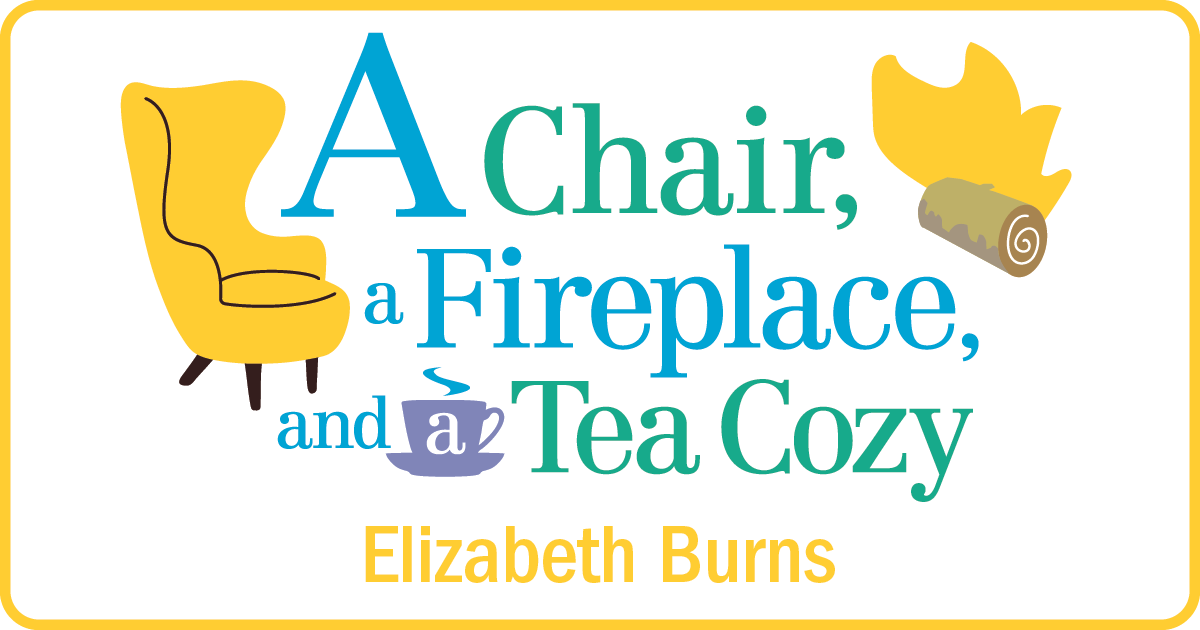SCROLL DOWN TO READ THE POST
Review: The Whole Story of Half a Girl
The Whole Story of Half a Girl by Veera Hiranandani. Delacorte Press, an imprint of Random House. 2012. Reviewed from copy from publisher.
by Veera Hiranandani. Delacorte Press, an imprint of Random House. 2012. Reviewed from copy from publisher.
The Plot: When eleven-year-old Sonia’s father loses his job, she has to leave private school for public school. At her old school, everyone knew her; now, they wonder if she’s Indian like her father or Jewish like her mother. She’s trying to make new friends and keep in touch with old ones. To make matters worse, her father’s unemployment is taking more than a financial toll on her family. It’s also emotional. One day, he just doesn’t come home.
The Good: Sonia’s old school was a private school, yes; but it’s not that type of private school. It was one that emphasized nurturing and non-traditional learning and not having tests. Honestly? It sounds like a terrific school, and I can understand why Sonia doesn’t want to leave! On the other hand, her parents say that part of the reason they want to send her to public school is so she can receive more traditional learning. I can understand that, also.
ADVERTISEMENT
ADVERTISEMENT
Sonia makes new friends, yes, but she is also exposed to cliques for the first time. Her old school was just too small (and touchy-feely) for that. Also? Sonia observes that the students self segregate by skin tone. She wonders, what table does she belong at? She also has to put up with obnoxious/ignorant remarks about her parents, especially about being half Indian. Because her mother isn’t very religious, she also wonders whether she’s really Jewish or not.
The Whole Story of Half a Girl is a fascinating look at class and money. Sonia’s family is well educated, live in a big house, travel, and (until recently) paid private school tuition. One of her new friends, Kate, has a stay at home mother. Kate’s mother shops a lot and the family eats take out all the time, but they live in a smaller house than Sonia’s. Kate (and her mother) also introduce Sonia to cheerleading, something Sonia’s mother frowns on. Sonia doesn’t make any conclusions about careers or spending, but it’s interesting to read between the lines. Students are bussed to Sonia’s school, and that, too, adds a socioeconomic spin to this story. It’s done with a soft touch, such as when Alisha invites Sonia home with her after school, a trip that is more complicated than walking home with someone.
Kate is the popular girl; it would be easy to say she’s the “mean” girl. It’s more complex than that, and I ended up feeling sorry for her. Kate ends up letting Sonia down, true; but Kate comes to the friendship with her own complex background that impacts what Kate does or does not do. I’d be curious to discuss this aspect with others; am I letting Kate off the hook? One more thing: the mean comments about Sonia’s ethnicity (and they are mean) come just as much from the boys as the girls. I liked that touch, because sometimes it seems like books (and people) use “mean” as something girls do and that boys don’t.
Sonia’s father suffers from depression. I like how it’s handled; it’s shown over an extended time period, and the impact on the family (especially Sonia) takes center stage.
One last thing: there is no forced happy “we’ll all sit at one table together” ending. It’s not an after school special. I was so relieved by that!
Other reviews: The Happy Nappy Bookseller; S. Krishna’s Books; Mixed Reader; Masala Reader.
Filed under: Reviews
About Elizabeth Burns
Looking for a place to talk about young adult books? Pull up a chair, have a cup of tea, and let's chat. I am a New Jersey librarian. My opinions do not reflect those of my employer, SLJ, YALSA, or anyone else. On Twitter I'm @LizB; my email is lizzy.burns@gmail.com.
ADVERTISEMENT
SLJ Blog Network
Shushing Harder Than Any Librarian Has Ever Shushed
Think Pink! A Party Pooper Q&A with Jeff Kinney
Spider-Man: Shadow Warrior | Review
We Need More Books About the Tweens Behind the Scenes, a guest post by Lindsay Champion
The Classroom Bookshelf is Moving
ADVERTISEMENT
ADVERTISEMENT







